
4 minute read
Honoring the legacy of Virginia Bell
There is perhaps no better way to celebrate Senior Citizens than to honor the legacy and memory of Lexington senior living advocate, Virginia Bell.
Bell died peacefully at the age of 100 in her home on the evening of April 8, 2023, with family at her side and with plans for the Easter service the next morning. She was born June 30, 1922, in Harrison County, KY.
“This movement to make our city Dementia Friendly has been a dream of Lexington native, Virginia Bell,” Amber Lakin, Chairperson of the Dementia Friendly Lexington Advisory Board, said as the program began to gain recognition.
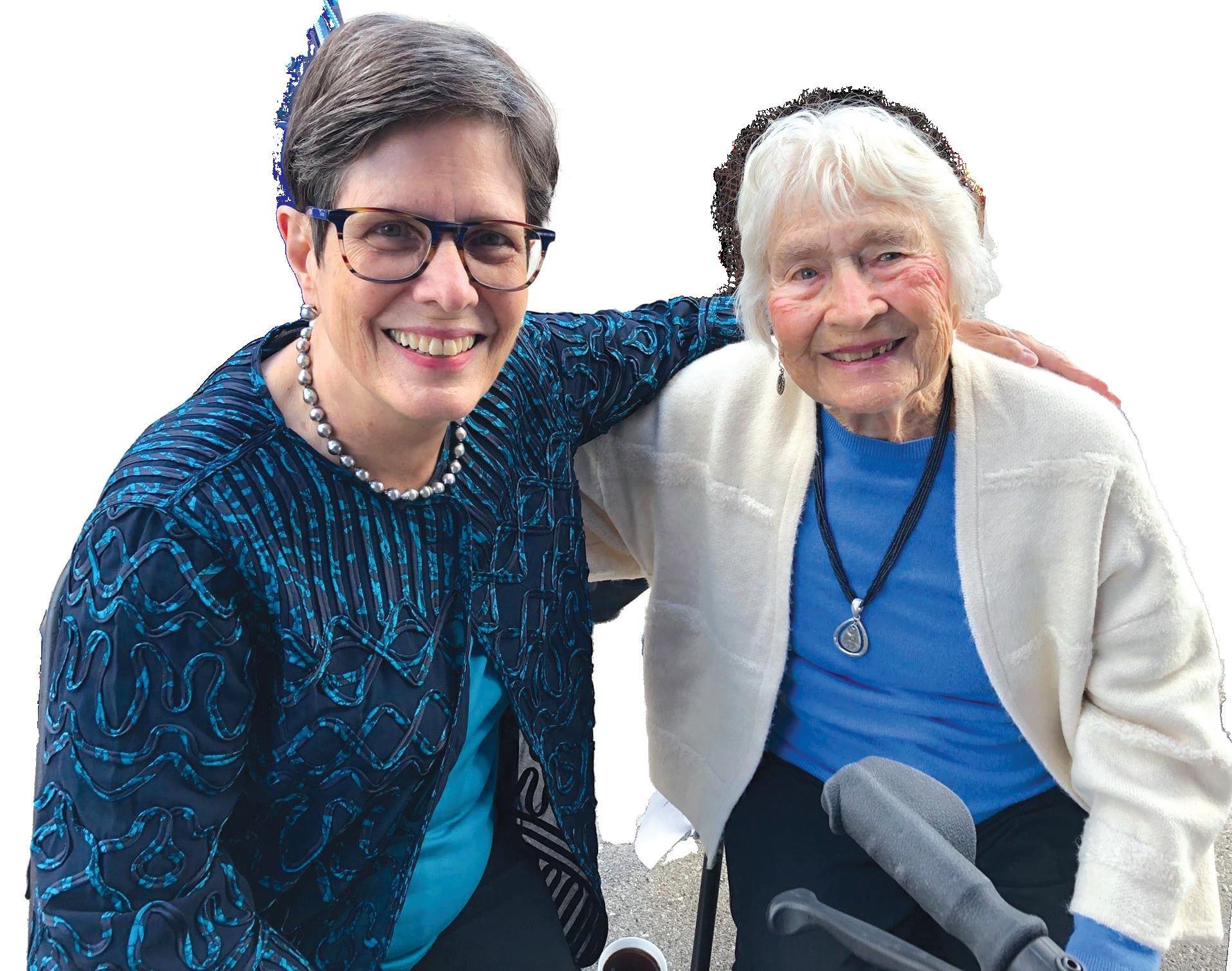
Bell was widely lauded for her work in adult day care, developing one of the first dementiaspecific adult day programs in the country, using a unique method of care based on friendship, known as the Best Friends Approach. This approach is celebrated for its positive philosophy stressing dignity and techniques for success when facing a challenging disease.
In 1992, she was awarded an honorary doctorate from Transylvania University. In 1999, she received the Senior Award from the American Society on Aging for her dedication to the significant contribution that older persons can make to society. She was inducted into the UK Social Work Hall of Fame and received the Sullivan Award from the University of Kentucky in 2004. In 2022, at the age of 100, she received an honorary doctorate from University of Kentucky.
Throughout her career, she penned numerous articles and books and lectured both nationally and internationally on the Best Friends approach to dementia care, as well as on spirituality and aging with Wayne. They were proud to have visited forty countries around the globe during their adventuresome years together.
Bell and her husband moved to Nashville, Tennessee, where they raised five children. The family returned to Lexington in 1974 when her husband accepted the presidency of the Lexington Theological Seminary. At that same time, Bell’s parents, still living on the farm outside of Cynthiana, began experiencing the challenges of aging, allowing Bell to witness firsthand how care was provided for older adults. These experiences, plus earlier life exposures to how persons with dementia were being shuttered in psychiatric units, ignited her commitment to do something more for aging adults, particularly those with dementia and their families.
At age 60, Bell earned a Master of Social Work at UK, began her second career at UK’s Sanders-Brown Center on Aging and created the Best Friends Approach to dementia care, a model adopted by care facilities, nursing homes and day treatment centers around the world. While acknowledging the medical and psychological challenges of dementia, the Best Friends Approach emphasizes and respects the humanity of people with dementia and focuses on relationshipcentered care. Understanding that each person has a life history, identity and talents, the Best Friends Approach embraces the human need for connection through interpersonal interaction, activity, dignity and respect.
The approach, and Bell herself, received numerous honors, grants and awards, including recognition by the Robert Wood Johnson Foundation, the National Council on Aging and the American Society on Aging. Bell twice has served on the Kentucky Governor’s Task Force on Alzheimer’s Disease; she received UK’s Sullivan Award in 2004; she was inducted into the UK Social Work Hall of Fame (2010) and she received the UK Alumni Association Hall of Distinguished Alumni Award (2010).
While she officially retired in 1993, Bell remained a constant mentor to the Best Friends program, conducting training for volunteers, attending activities at day centers, traveling throughout the world to help establish new programs and serving as a keynote speaker at national and international conferences. Around the time of her 100th birthday in June 2022, Bell addressed a global meeting on Alzheimer’s disease, continuing her efforts to recognize that beneath the challenges of dementia lies a person of value with a past, present and future.
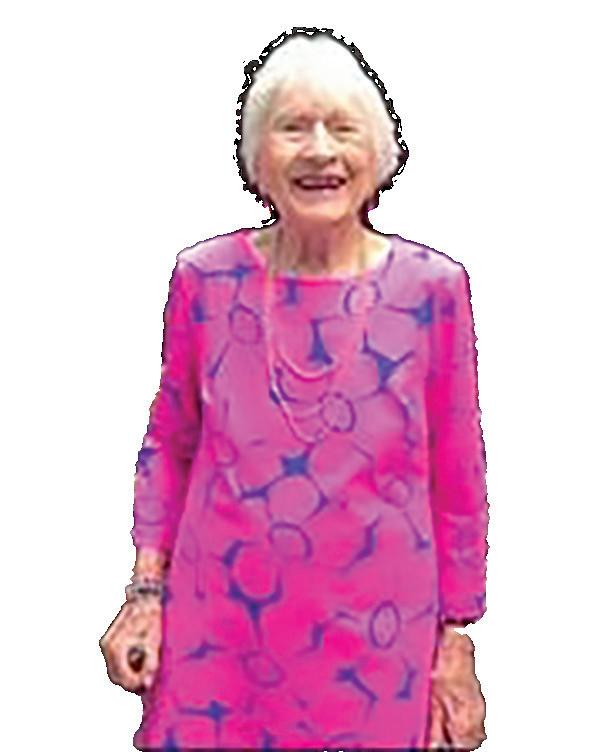
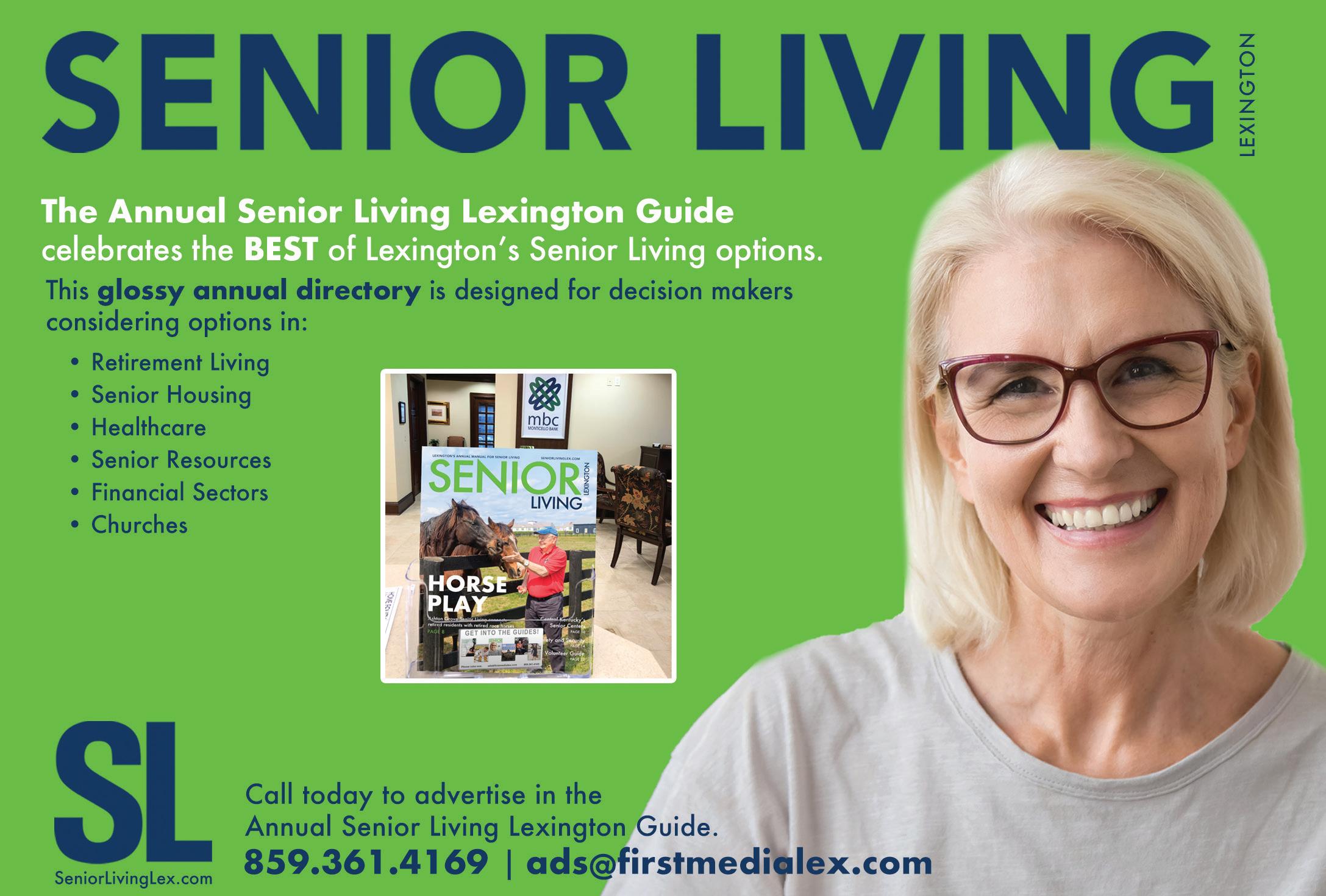




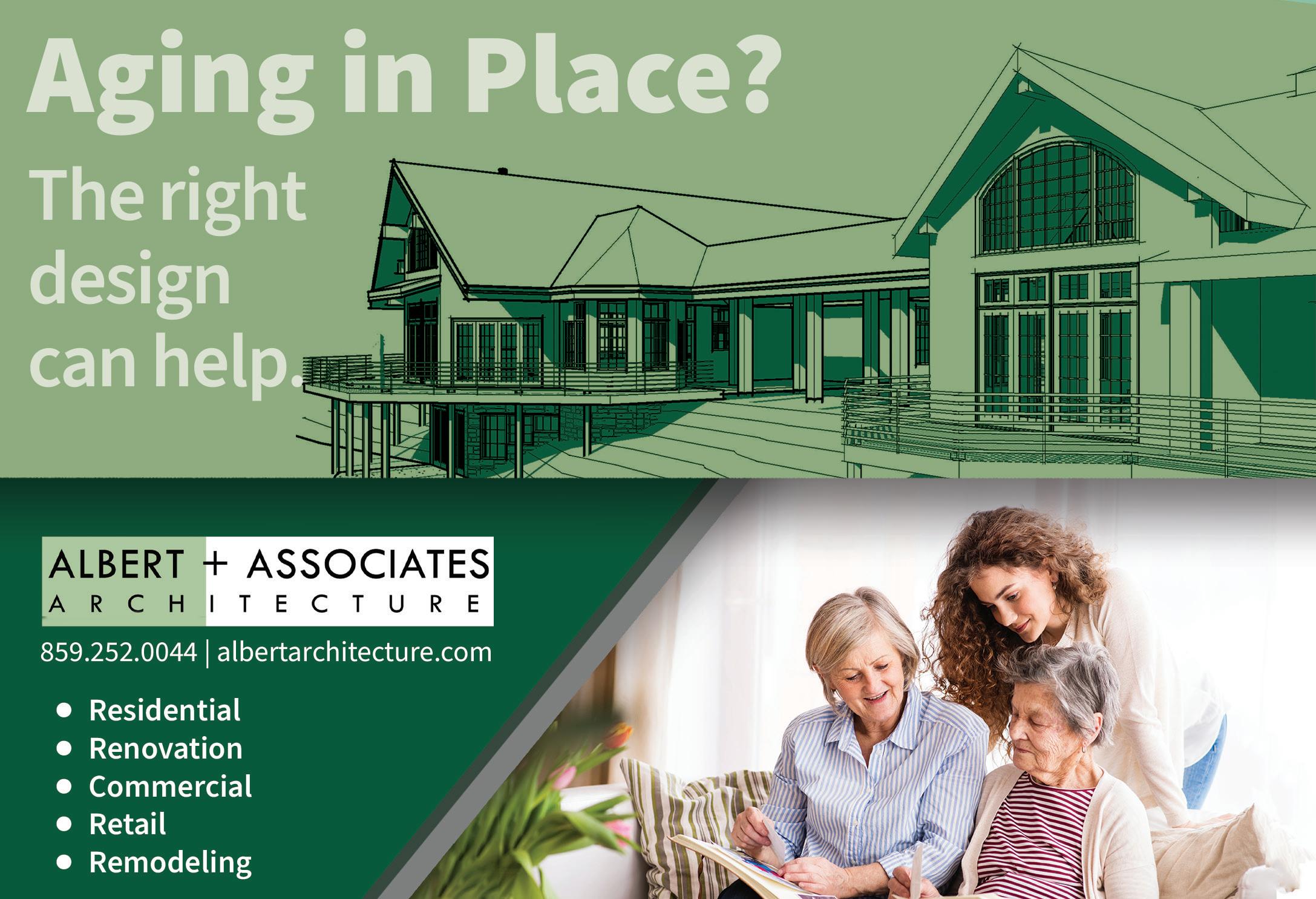
Less is More
Downsize, Declutter, and De-Stress
Minimalism and simplicity have become such popular movements, it’s no longer just the baby boomers who are looking to downsize, declutter, simplify, and organize.
The LA Times found that the average American home contains around 300,000 items. And according to the Wall Street Journal, Americans spend $1.2 trillion each year on nonessential goods — meaning things they don’t need. Most of us could do more with less.
There is no “right” age to begin the process, just as there is no “right” age to begin a “diet” — instead, just like with proper nutrition, consider it a lifestyle choice — a way of living. Although Marie Kondo’s bestseller has been a little too trendy in recent years, The LifeChanging Magic of Tidying Up offered concrete, useful strategies:
1. Discard by category, not by room.
2. Break down a category into manageable bites (“clothes” can be grouped into dozens of subcategories).
3. If an item doesn’t “spark joy,” say thanks for the memories and send it on to its next adventure.
4. After you’ve discarded and decluttered, then you can organize.
Downsizing can be a stressful process that takes a mental and physical toll — but it doesn’t have to be that way.
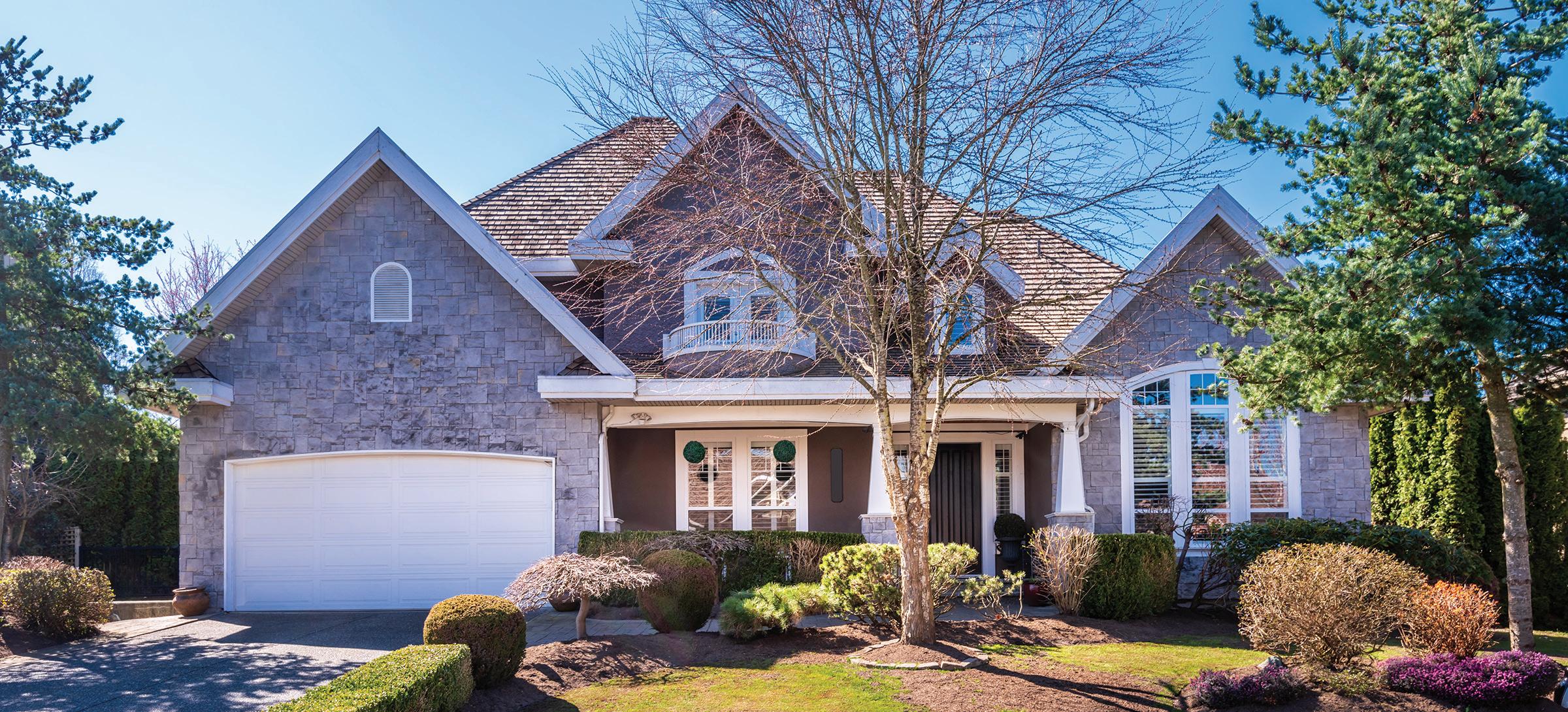
Prepare in advance, set a realistic timeframe, and approach it one step at a time.
Make it fun. Put on your favorite music. Or turn on your favorite TV show and just work during the length of each commercial. Invite friends and family and send them home with a few treasures you no longer need or want. (Banish the guilt. Every generation is going to pass on its fair share of Pelotons.)
Downsizing looks different for everyone, and it is best to first decide what it looks like for you.
Evaluate your reasons, whether it is maintenance, cost of living, or health issues that are informing your decision.
Perhaps you’re moving from a large singlefamily home to a more manageable condo? You might be considering moving in with family members? Or you could just be motivated to declutter your space and reduce fall-risks.
Deciding what stays and what goes is a vital and meaningful part of the downsizing process. Many items will be mementos, others will contain memories, yet at the end of the day, the bottom line is you can keep the memories without the clutter. If you can live without it, you can do without it.
Items that are no longer needed can go on to a new home, or a new use, and can often be repurposed or recycled — whether that involves donating them to a good cause like your local Habitat ReStore, or using a yard sale or marketplace to generate extra funds.
And never hesitate to call in a professional if the process seems too overwhelming. There are dozens of local organizers and movingconcierges who offer an array of services to fit a variety of budgets. □










